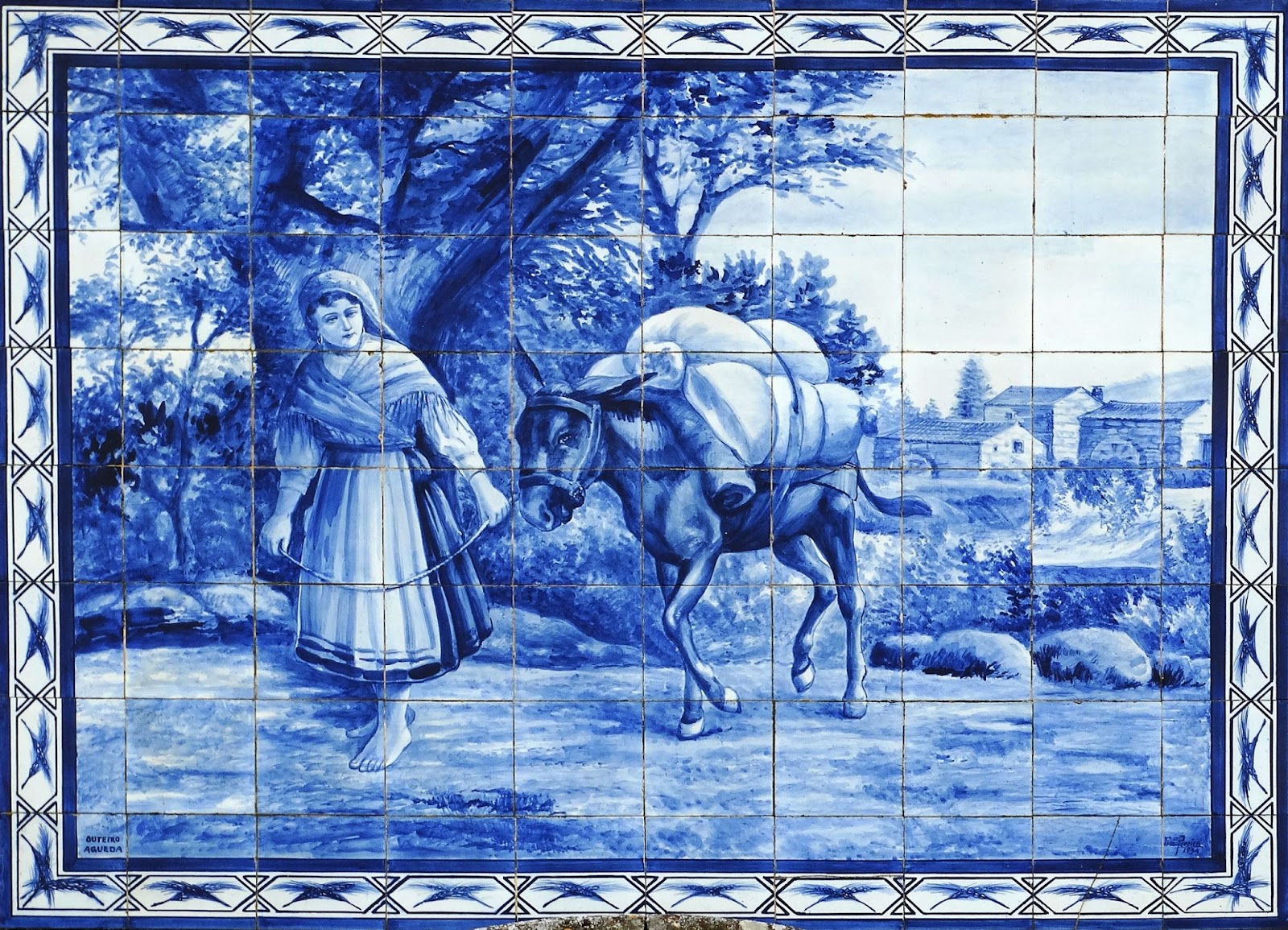
[fusion_builder_container type=”flex” hundred_percent=”no” hundred_percent_height=”no” min_height=”” hundred_percent_height_scroll=”no” align_content=”stretch” flex_align_items=”flex-start” flex_justify_content=”flex-start” flex_column_spacing=”” hundred_percent_height_center_content=”yes” equal_height_columns=”no” container_tag=”div” menu_anchor=”” hide_on_mobile=”small-visibility,medium-visibility,large-visibility” status=”published” publish_date=”” class=”” id=”” link_color=”” link_hover_color=”” border_sizes=”” border_sizes_top=”” border_sizes_right=”” border_sizes_bottom=”” border_sizes_left=”” border_color=”” border_style=”solid” spacing_medium=”” margin_top_medium=”” margin_bottom_medium=”” spacing_small=”” margin_top_small=”” margin_bottom_small=”” margin_top=”” margin_bottom=”” padding_dimensions_medium=”” padding_top_medium=”” padding_right_medium=”” padding_bottom_medium=”” padding_left_medium=”” padding_dimensions_small=”” padding_top_small=”” padding_right_small=”” padding_bottom_small=”” padding_left_small=”” padding_top=”” padding_right=”” padding_bottom=”” padding_left=”” box_shadow=”no” box_shadow_vertical=”” box_shadow_horizontal=”” box_shadow_blur=”0″ box_shadow_spread=”0″ box_shadow_color=”” box_shadow_style=”” z_index=”” overflow=”” gradient_start_color=”” gradient_end_color=”” gradient_start_position=”0″ gradient_end_position=”100″ gradient_type=”linear” radial_direction=”center center” linear_angle=”180″ background_color=”” background_image=”” background_position=”center center” background_repeat=”no-repeat” fade=”no” background_parallax=”none” enable_mobile=”no” parallax_speed=”0.3″ background_blend_mode=”none” video_mp4=”” video_webm=”” video_ogv=”” video_url=”” video_aspect_ratio=”16:9″ video_loop=”yes” video_mute=”yes” video_preview_image=”” absolute=”off” absolute_devices=”small,medium,large” sticky=”off” sticky_devices=”small-visibility,medium-visibility,large-visibility” sticky_background_color=”” sticky_height=”” sticky_offset=”” sticky_transition_offset=”0″ scroll_offset=”0″ animation_type=”” animation_direction=”left” animation_speed=”0.3″ animation_offset=”” filter_hue=”0″ filter_saturation=”100″ filter_brightness=”100″ filter_contrast=”100″ filter_invert=”0″ filter_sepia=”0″ filter_opacity=”100″ filter_blur=”0″ filter_hue_hover=”0″ filter_saturation_hover=”100″ filter_brightness_hover=”100″ filter_contrast_hover=”100″ filter_invert_hover=”0″ filter_sepia_hover=”0″ filter_opacity_hover=”100″ filter_blur_hover=”0″ admin_toggled=”no”][fusion_builder_row][fusion_builder_column type=”1_1″ layout=”2_3″ align_self=”auto” content_layout=”column” align_content=”flex-start” content_wrap=”wrap” spacing=”” center_content=”no” link=”” target=”_self” min_height=”” hide_on_mobile=”small-visibility,medium-visibility,large-visibility” sticky_display=”normal,sticky” class=”” id=”” type_medium=”” type_small=”” order_medium=”0″ order_small=”0″ dimension_spacing_medium=”” dimension_spacing_small=”” dimension_spacing=”” dimension_margin_medium=”” dimension_margin_small=”” margin_top=”” margin_bottom=”” padding_medium=”” padding_small=”” padding_top=”” padding_right=”” padding_bottom=”” padding_left=”” hover_type=”none” border_sizes=”” border_color=”” border_style=”solid” border_radius=”” box_shadow=”no” dimension_box_shadow=”” box_shadow_blur=”0″ box_shadow_spread=”0″ box_shadow_color=”” box_shadow_style=”” background_type=”single” gradient_start_color=”” gradient_end_color=”” gradient_start_position=”0″ gradient_end_position=”100″ gradient_type=”linear” radial_direction=”center center” linear_angle=”180″ background_color=”” background_image=”” background_image_id=”” background_position=”left top” background_repeat=”no-repeat” background_blend_mode=”none” animation_type=”” animation_direction=”left” animation_speed=”0.3″ animation_offset=”” filter_type=”regular” filter_hue=”0″ filter_saturation=”100″ filter_brightness=”100″ filter_contrast=”100″ filter_invert=”0″ filter_sepia=”0″ filter_opacity=”100″ filter_blur=”0″ filter_hue_hover=”0″ filter_saturation_hover=”100″ filter_brightness_hover=”100″ filter_contrast_hover=”100″ filter_invert_hover=”0″ filter_sepia_hover=”0″ filter_opacity_hover=”100″ filter_blur_hover=”0″ last=”true” border_position=”all” first=”true” spacing_right=””][fusion_text columns=”” column_min_width=”” column_spacing=”” rule_style=”default” rule_size=”” rule_color=”” content_alignment_medium=”” content_alignment_small=”” content_alignment=”” hide_on_mobile=”small-visibility,medium-visibility,large-visibility” sticky_display=”normal,sticky” class=”” id=”” font_size=”” fusion_font_family_text_font=”” fusion_font_variant_text_font=”” line_height=”” letter_spacing=”” text_color=”” animation_type=”” animation_direction=”left” animation_speed=”0.3″ animation_offset=””]
The Portuguese are creative and artistic people with stunning monuments and castles all over the country. As one of Europe’s oldest countries, Portugal has a long history of art shaped by its many settlers such as the Iberians, Celtics, Romans, Germanic, Moors, Christians, and then subsequent exploration and trade with the New World. The artisans of Portugal have been inspired by the ocean, with much of their art being nautical in nature, with a color choice of deep-sea blue such as their famous ceramic tiles. The lavish and ornate style of Manueline architecture is also representative of the ocean and coral with barnacles, seaweed, seashells, ropes, anchors, and algae carved into the stone.

Azulejo Tiles
Ceramic blue tiles, or azulejos, line the walls of train stations, fountains, stairs, churches, murals, and even park benches. The name azulejos does not actually derive from azul (Portuguese for blue) but instead has origins in Arabic for azulej, meaning small, smooth polished stone. The first use of glazed decorative tiles dates back to Assyria and Babylon as seen on the Great Gate of Ishtar. The Moors then brought Islamic mosaic and tile art to the Iberian Peninsula in the 8th century.
The traditional tile art of Portugal tells a story of their seafaring history, portraying famous navigators and caravel ships. Contemporary azulejos reflect Portugal’s exotic travels with images of elephants, monkeys, and leopards. The royal blue color is not only indicative of the ocean but also representative of knowledge, magic, and intuition. This art can be seen at the Museu Nacional Do Azulejo in Lisbon such as the Great View of Lisbon cityscape, a spectacular panoramic facade. The most notable Azulejo artisans of Portugal belong to Porto.

Cork
Portugal is the world’s largest producer of cork, producing over 50% of the total global supply. Cork, made from the bark of an evergreen oak tree Quercus Suber, is mostly used for wine bottle stoppers but also made into furniture, yoga mats, handbags, wallets, floor tiles, and flip flops. Evora, near Alentejo where the largest cork trees grow, is the main hub of Portugal’s cork industry and the ideal place to meet the masters of the craft.

Filigree
This ancient jewelry metalworking technique mimics lace with fine grain beads and wires of gold or silver, exemplifying master artisan craftsmanship with intricate detail. Filigree was most prominent in Portugal during the 1600s to 1800s and even today, the master artisans of Portugal practice this craft. The name derives from Latin “filum” (thread) and “granum” (small bead), with origins in Egypt and Mesopotamia.

Portugal’s many influences and seafaring heritage have created a wide variety of arts and crafts, ranging from cork handbags to decorative tiles and intricate gold lace jewelry. The artisans of Portugal are masters in their craft, renowned for their level of detail and pride in making art by hand to maintain the common heritage and legacy.
[/fusion_text][/fusion_builder_column][/fusion_builder_row][/fusion_builder_container]